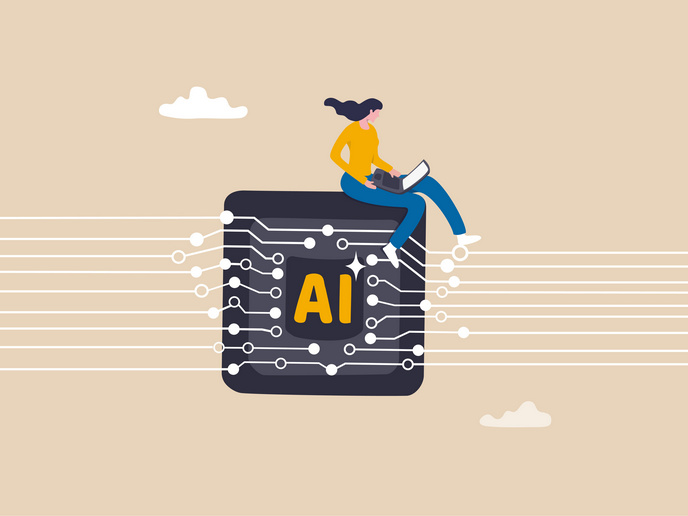Making MOOCs more widely available
Massive Οpen Online Courses (MOOCs) continue to grow in popularity. In fact, an estimated 200 universities around the world now offer over 1 200 MOOCs. These courses are taught by more than 1 300 instructors and are being followed by around 10 million users. Despite this popularity, the uptake of MOOCs is significantly limited by the language barrier, given that the vast majority are held in English. Although the need for translating MOOC content has been acknowledged by the majority of course providers, the solutions provided so far have been fragmentary, human-based and implemented off-line. The EU-funded TRAMOOC project tackled this impediment by developing a high-quality machine translation (MT) platform that addresses various types of educational MOOC content, including assignments, tests, presentations, lecture subtitles and forum discussions. The result is the first free and open translation service that uses Neural Machine Translation Models (NMT) for educational content. The TRAMOOC system provides accurate and coherent translations of this content from English into 11 European and BRIC languages (BG, CS, DE, EL, HR, IT, NL, PL, PT, RU, ZH) that have proven difficult to translate in previous MT solutions. “Although existing machine translation services tend to be general purpose, when they are adapted to a specific domain, such as MOOCs, you can achieve significant improvement in the MT’s performance for that domain,” says project coordinator Dr Valia Kordoni. “The TRAMOOC project does exactly this and delivers a high-quality machine translation service specifically adapted to the MOOC domain.” A multi-functional, open-source system The open source TRAMOOC platform uses cutting edge neural translation architecture and innovative domain adaptation techniques. This combination of technology immensely increases the fluency and accuracy of the translation’s output. It offers substantial improvements over conventional phrase-based statistical machine translation systems (PBSMT). TRAMOOC can translate a wide array of file formats, including HTML, subtitles and Microsoft Office documents using both synchronous and asynchronous translation modes. It is also able to support such file formats as HTML, subtitles and Microsoft Office documents, and return the translated material in the same file format as it was originally received. “Furthermore, as the system is open-source, any MT solution for any language can be easily integrated into the platform,” adds Dr Kordoni. In addition to the TRAMOOC platform, project researchers also introduced an innovative translation-evaluation schema that improves existing linguistic tools and resources. “This feature allows researchers to test the advanced tools and solutions that were created within the course of the project, with appropriate license models, as well as software packages for the development of state-of-the-art systems for translating educational texts,” explains Dr Kordoni. “Together, the translation model training processes, the resource bootstrapping processes and the text mining methodologies form a library of algorithms that will prove invaluable to the scientific community.” Opening doors The key outcome of the project is that it allows even more users to access MOOCs. “For many European citizens and people around the world, TRAMOOC has opened the door to multimedia educational content previously unavailable due to language restrictions,” concludes Dr Kordoni. “Everyone can now take advantage of MOOCs to enhance their education, improve their skills and increase their employability.”
Keywords
TRAMOOC, MOOCs, machine translations, European Union, EU







